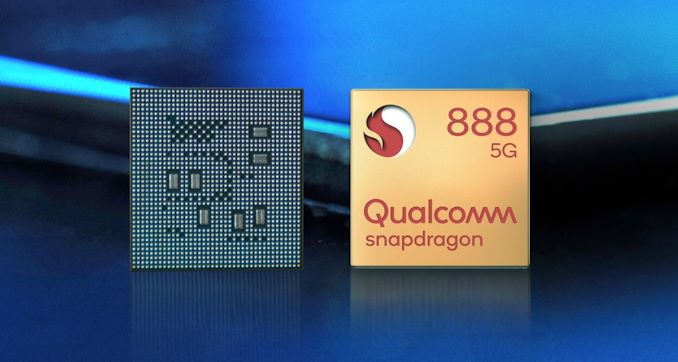The Qualcomm WTR1625L is a multi-mode, multi-band radio frequency (RF) transceiver used in Mobile Devices for Wireless Communication. It supports multiple cellular standards (e.g., LTE, 3G, 2G), and typically integrates functionality for RF front-end processing, RF power amplification, and other features for handling various wireless bands and modes.
When looking for equivalent ICs to the WTR1625L, the key considerations are:
Multi-band, multi-mode RF transceivers.
Support for cellular communication standards like LTE, 3G, and 2G.
High integration of RF and baseband functionalities.
Power-efficient design suitable for mobile applications.
Here are some possible equivalents from other manufacturers:
1. Qualcomm (Other Transceivers in the same family)
WTR3925: This is another highly integrated RF transceiver from Qualcomm, designed for 5G and LTE. It's part of the Snapdragon platform and supports a broad range of cellular technologies, including 5G, LTE, and 3G.
WTR5975: A next-generation multi-mode transceiver with support for 5G, LTE, and other cellular standards. This is designed for advanced mobile platforms, and although it’s a more recent model, it’s an alternative to the WTR1625L for next-gen devices.
2. Broadcom
BCM5996: This is a multi-band, multi-mode RF transceiver, supporting cellular communication standards such as LTE, WCDMA, and GSM. Broadcom’s solutions are used in mobile devices, much like Qualcomm's RF transceivers.
BCM4389: Another RF solution from Broadcom, supporting 5G and Wi-Fi features in addition to cellular communications, suitable for mobile devices and smartphones.
3. MediaTek
MT6630: This is a multi-mode RF transceiver from MediaTek, supporting standards such as GSM, 3G, and LTE. MediaTek is a major competitor to Qualcomm, and this IC is often used in mid-range to high-end smartphones.
MT6392: A multi-band, multi-mode transceiver from MediaTek that supports 2G, 3G, 4G LTE technologies, and is used in mobile and tablet applications.
4. Samsung LSI
Exynos 980 (and other Exynos modems): Samsung’s Exynos series of mobile processors also integrates multi-mode RF transceivers supporting 5G, LTE, 3G, and 2G. Although typically paired with Samsung’s own application processors, these RF ICs can also be used in other systems.
S5M8767: A multi-mode RF transceiver from Samsung LSI that supports LTE and WCDMA. It's designed for mobile applications where space and efficiency are key.
5. NXP Semiconductors
TFA9877: NXP provides various RF solutions for GSM, LTE, and WCDMA. While more specialized, these chips are targeted at specific use cases where cellular communication is needed in combination with audio or other RF signals.
NX3P3701: A multi-band RF transceiver supporting GSM, LTE, and WCDMA for mobile communications.
6. Infineon Technologies
BGT60: Infineon offers a variety of RF solutions, with their BGT series covering different RF spectrum requirements, including cellular and Wi-Fi bands. While this is more focused on IoT and automotive applications, some of their solutions might be adapted for mobile RF needs.
7. Skyworks Solutions
SkyOne: Skyworks’ SkyOne series of RF solutions integrates multi-mode, multi-band capabilities. While the main focus is often on the front-end (amplifiers, filters, etc.), Skyworks also provides integrated RF transceiver solutions that can replace or work alongside chips like the WTR1625L.
SE2576L: This is a highly integrated RF front-end solution for LTE and WCDMA that includes Power Amplifiers, filters, and other RF components, though it is not a full RF transceiver like the WTR1625L.
Key Considerations for Finding Equivalents:
When selecting an equivalent to the Qualcomm WTR1625L, consider the following factors:
Supported Standards: Ensure the transceiver supports the correct cellular technologies (e.g., LTE, 3G, 2G, and possibly 5G if needed).
Frequency Bands: The equivalent IC should support the same or similar frequency bands as the WTR1625L to ensure compatibility with your network requirements.
Integration: The level of integration (e.g., power amplifiers, filters, and other RF components) can vary. Some options might only be transceivers, while others may include full RF front-end solutions.
Power Consumption: Look for solutions that provide low power consumption for mobile devices.
Software/Driver Support: Check for the driver compatibility and whether the equivalent IC can be easily integrated into the system with existing software or if custom drivers are needed.
Conclusion:
While there isn't a direct one-to-one replacement for the WTR1625L from every manufacturer, the options above from companies like Broadcom, MediaTek, Samsung, and Skyworks provide multi-band, multi-mode RF solutions that would be suitable for mobile devices requiring similar cellular connectivity. When choosing an equivalent, it's important to ensure the new chip supports the necessary standards and bands, integrates well into your existing platform, and offers appropriate performance for your application.
Other

What is HBM (High Bandwidth Memory)?
2024.09.05

What is Antenna Tuner IC?
2024.09.20

What’s the Difference between LPDDR and DDR?
2024.09.25

Snapdragon 888 5G Mobile Platform
2024.09.26

What is WiFi 6E?
2024.09.26

What is Bluetooth Audio SoC?
2024.09.26

What's HBM3E (High Bandwidth Memory 3)?
2024.09.26

What is an Audio Codec?
2024.10.09





